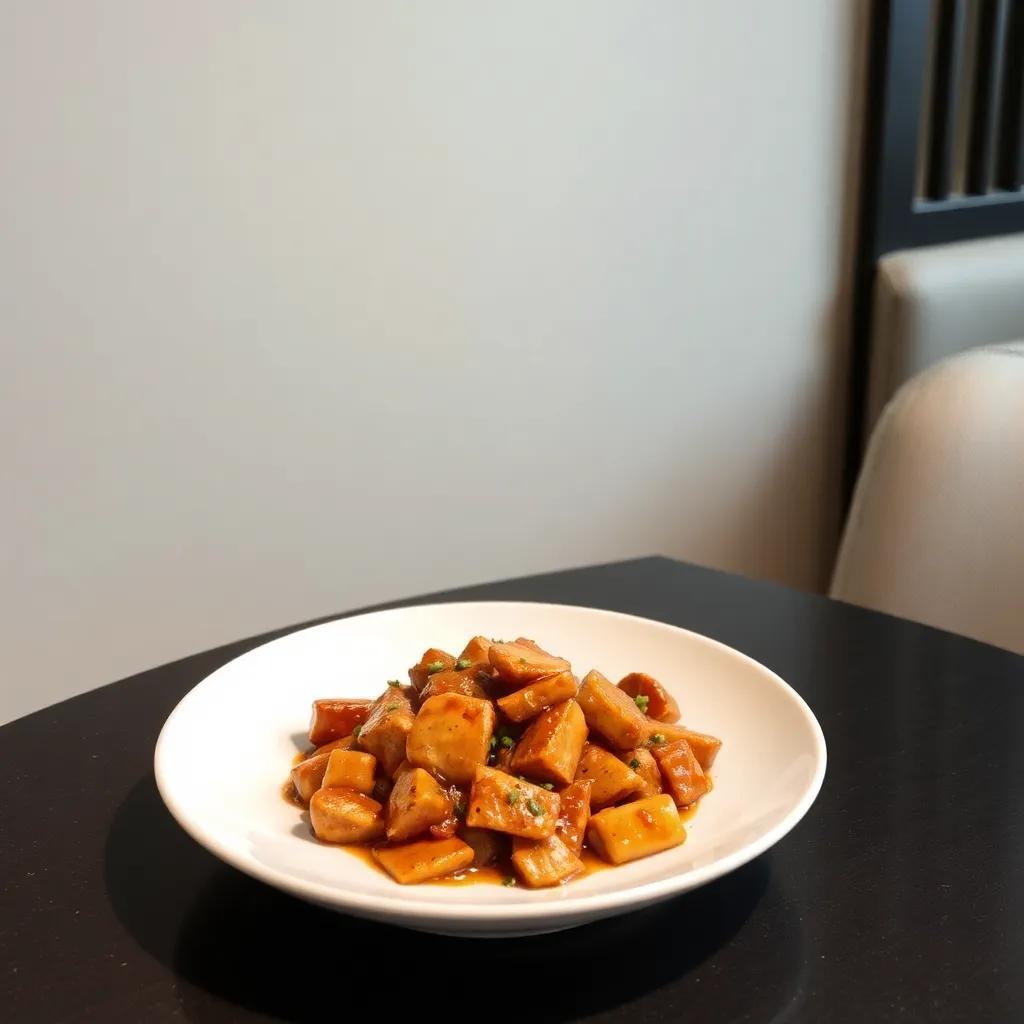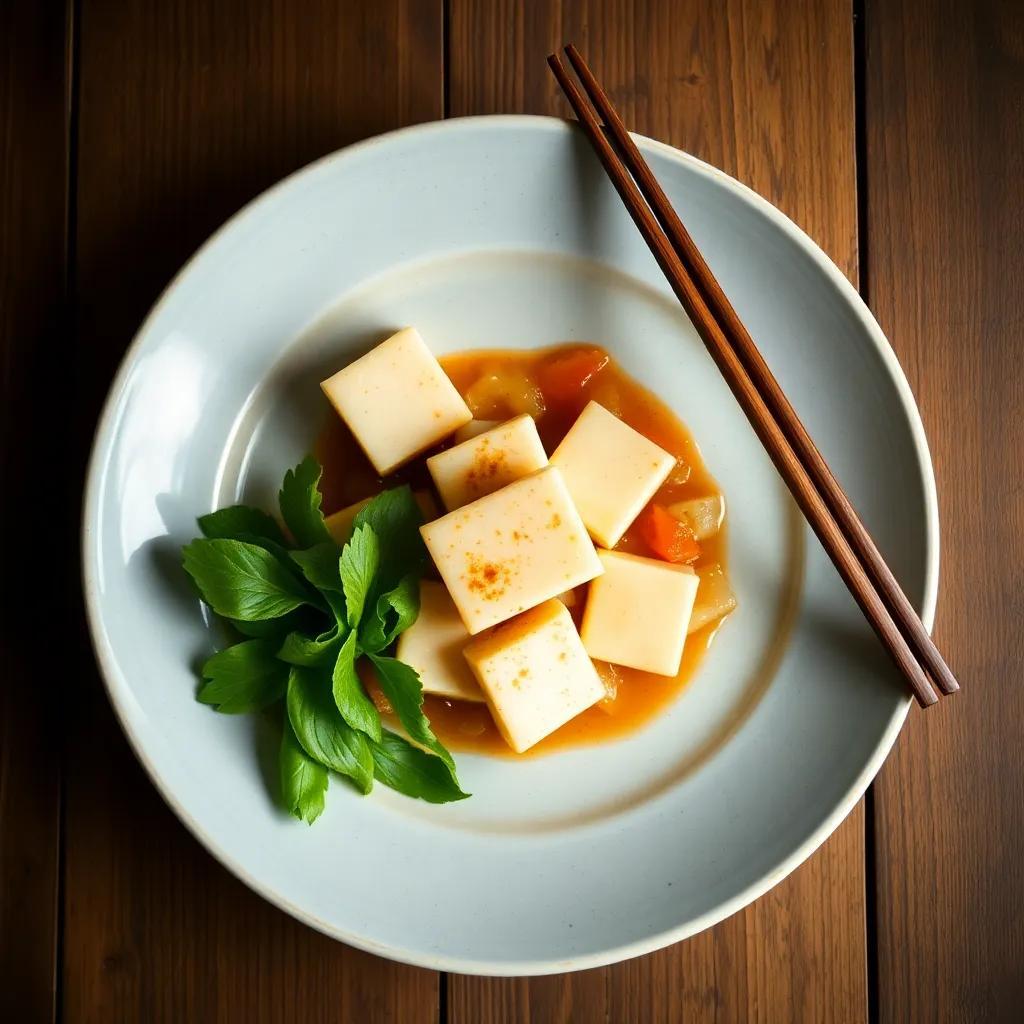Unlock the Bold Flavors of Classic General Tso’s Chicken Tonight

Unlock the Bold Flavors of Classic General Tso’s Chicken Tonight
🌍 Cuisine: Chinese-American
⚙️ Difficulty: Medium
Ingredients
Nutrition Facts
480
Instructions
- Pat the chicken pieces dry with paper towels. Place chicken in a bowl and toss with cornstarch until each piece is well coated. Shake off any excess cornstarch.
- Heat vegetable oil in a large skillet or wok over medium-high heat until shimmering and hot enough for frying.
- Carefully add the coated chicken pieces to the hot oil in batches to avoid overcrowding. Fry until golden brown and crispy, about 3-4 minutes per side. Remove and drain on paper towels.
- Discard excess oil from the skillet, leaving about 1 tablespoon to sauté aromatics.
- Add the minced garlic and grated ginger to the skillet and stir-fry for about 30 seconds until fragrant, being careful not to burn them.
- In a small bowl, whisk together soy sauce, hoisin sauce, rice vinegar, sugar, chicken broth, and red pepper flakes (if using).
- Pour the sauce mixture into the skillet with the garlic and ginger. Bring to a simmer over medium heat.
- Stir in the cornstarch slurry to thicken the sauce, cooking for about 2 minutes until it has thickened to a glossy glaze.
- Add the fried chicken pieces back to the skillet and toss gently to coat them evenly in the sauce. Cook for an additional 1-2 minutes to heat through.
- Remove from heat. Transfer the chicken to a serving dish.
- Garnish with thinly sliced green onions and a sprinkle of sesame seeds.
- Serve immediately over hot cooked white rice for an authentic experience.
Serving Suggestions
- Serve with steamed jasmine or basmati rice to soak up the flavorful sauce.
- Pair with stir-fried or steamed broccoli, snap peas, or bok choy for added greens and crunch.
- Enjoy alongside a simple egg drop soup or hot and sour soup to round out the meal.
- Top with extra sliced green onions or fresh cilantro for a burst of freshness.
- Add a squeeze of fresh lime juice for a tangy contrast to the sweet and savory sauce.
- Serve with crispy wonton chips or fortune cookies for a fun appetizer.
- For a low-carb option, substitute rice with cauliflower rice or serve with zucchini noodles.
Table of Contents
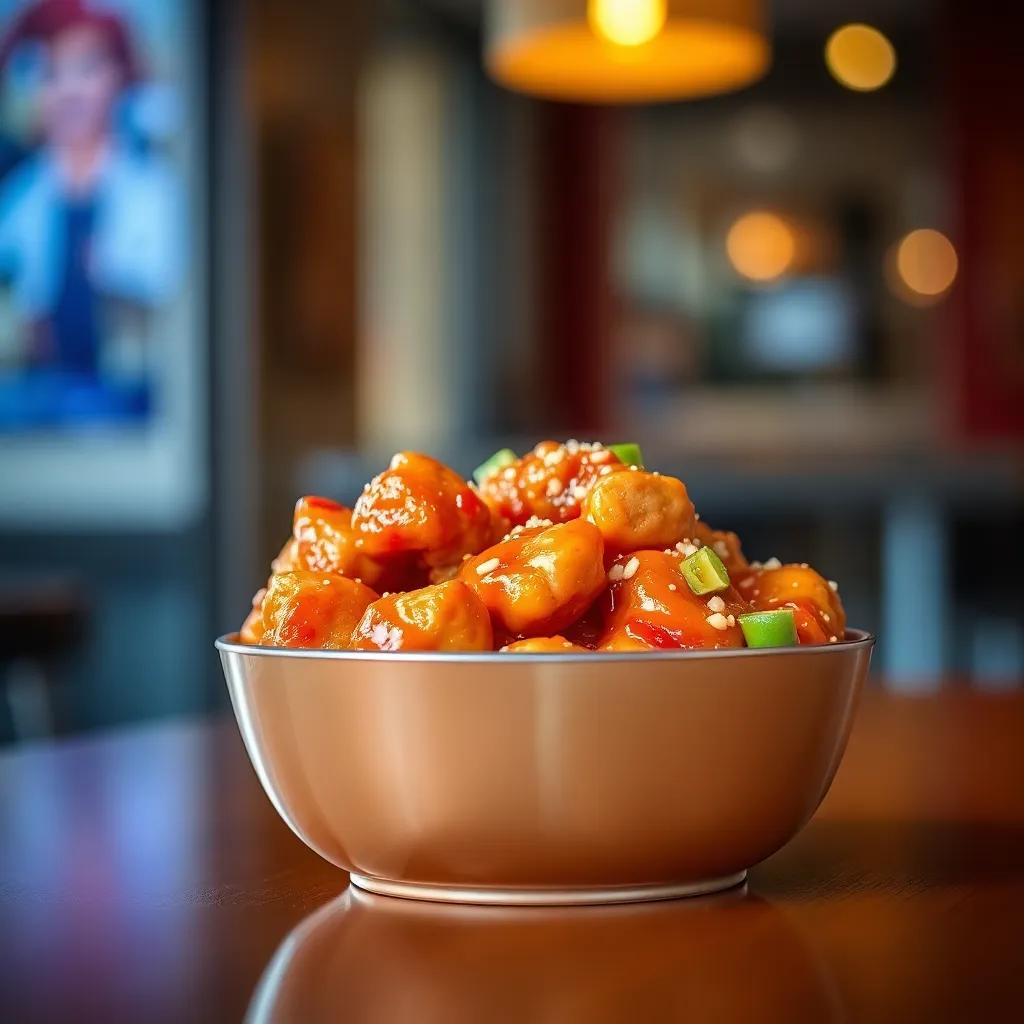
Intro
There’s something irresistibly comforting about a warm plate of General Tso’s Chicken—a dish that perfectly balances sweet, tangy, and savory flavors with a satisfying hint of spice. This recipe invites you to bring those bold, restaurant-style flavors right into your kitchen without the hassle of takeout lines or uncertain quality. Whether you’re cooking for a weeknight dinner, a casual gathering, or simply craving a dish that feels special but is surprisingly approachable, General Tso’s Chicken delivers on all fronts.
Beyond its crave-worthy taste, this recipe strikes a great balance between simplicity and culinary flair. The process encourages you to engage with fresh aromatics and a homemade sauce that glazes each piece of tender, crispy chicken to perfection. It’s a gratifying experience that’s as fun to make as it is to eat—a true crowd-pleaser that pairs beautifully with steamed rice and your favorite green vegetables.
Perfect for cozy nights at home or for impressing friends with your kitchen skills, this dish transforms everyday ingredients into something exceptional. No matter your level of cooking expertise, you’ll find it an exciting and rewarding addition to your recipe repertoire.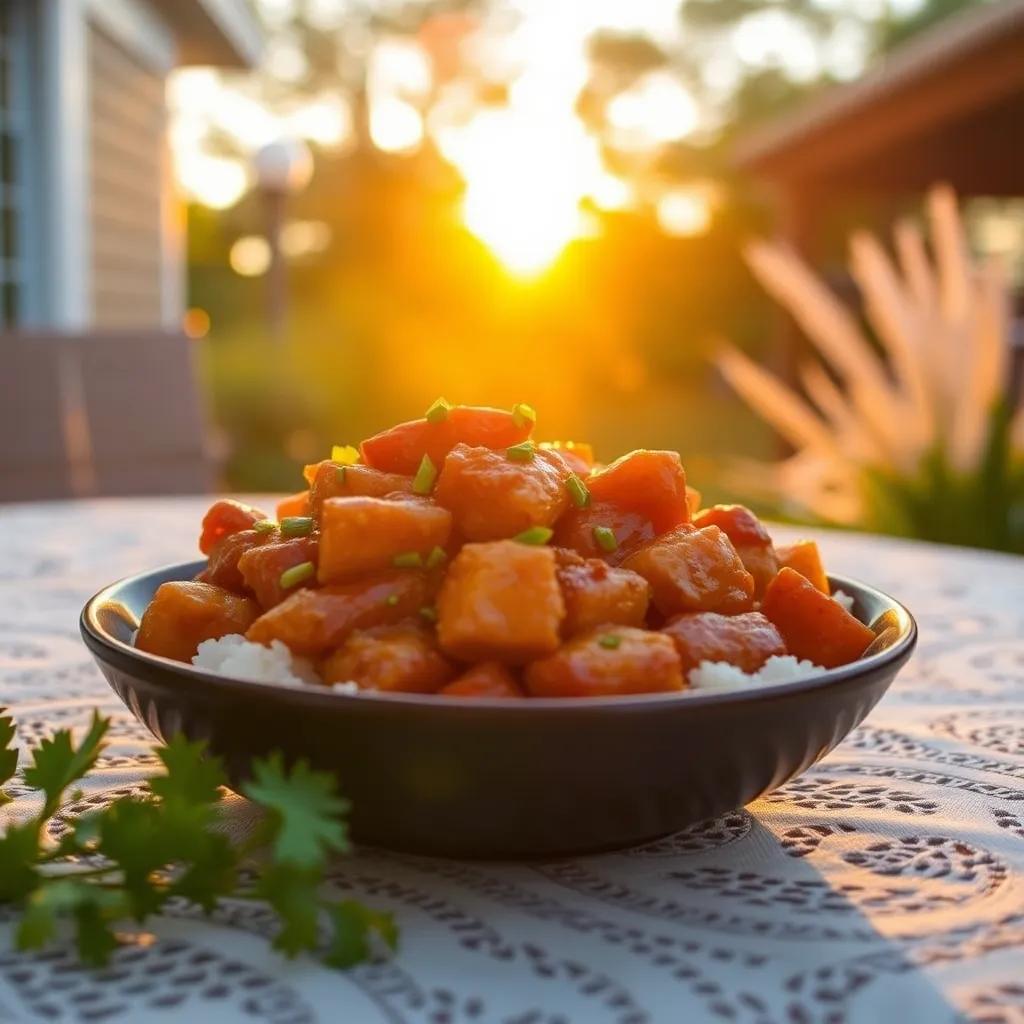
Ingredient Notes
General Tso’s Chicken owes much of its signature character to just a few key ingredients that work together to create a perfect harmony of flavors and textures. Understanding these staples will deepen your appreciation for the dish and help you make smart choices when shopping or substituting.
Hoisin Sauce: This thick, fragrant sauce is a cornerstone of the glaze that gives General Tso’s its rich, slightly sweet depth. Made from fermented soybeans, garlic, vinegar, and various spices, hoisin adds complexity beyond just sweetness. For the best results, look for authentic Chinese brands in the Asian aisle or specialty markets. If you don’t have hoisin on hand, a mixture of soy sauce, a touch of peanut butter or molasses, and a bit of garlic powder can mimic its flavor, though the taste won’t be quite as layered.
Rice Vinegar: Unlike harsher distilled vinegars, rice vinegar brings a gentle acidity with a subtle sweetness—key for balancing the savory and sugary elements of the sauce. It’s essential for cutting through the richness and brightening the dish without overpowering it. When buying, opt for the unseasoned variety labeled simply as “rice vinegar.” If rice vinegar is unavailable, mild apple cider vinegar is a decent substitute but use sparingly to avoid an overly sharp tang.
Cornstarch: More than just a coating for the chicken, cornstarch acts as a magic ingredient that gives the bite-sized chicken pieces their irresistible crispiness when fried. It also thickens the sauce into that classic shiny glaze. When coating the chicken, ensure each piece is evenly dusted and shake off excess to prevent clumping or sogginess. For gluten-free cooks, cornstarch is naturally safe, but arrowroot powder works as an alternative both for frying and thickening.
Fresh Ginger and Garlic: These aromatics are small but mighty players that wake up the sauce with pungent warmth and fragrant zest. Grated fresh ginger supplies a slightly peppery bite that’s impossible to replicate with dried ginger powder. Likewise, freshly minced garlic adds a sweet yet savory backbone. When substituting, small amounts of quality ground ginger and garlic powder may work, but the vibrant freshness that these provide is truly unmatched.
By paying attention to these key ingredients, you’ll ensure your homemade General Tso’s Chicken is bursting with the authentic, balanced flavors that elevate it from everyday to unforgettable.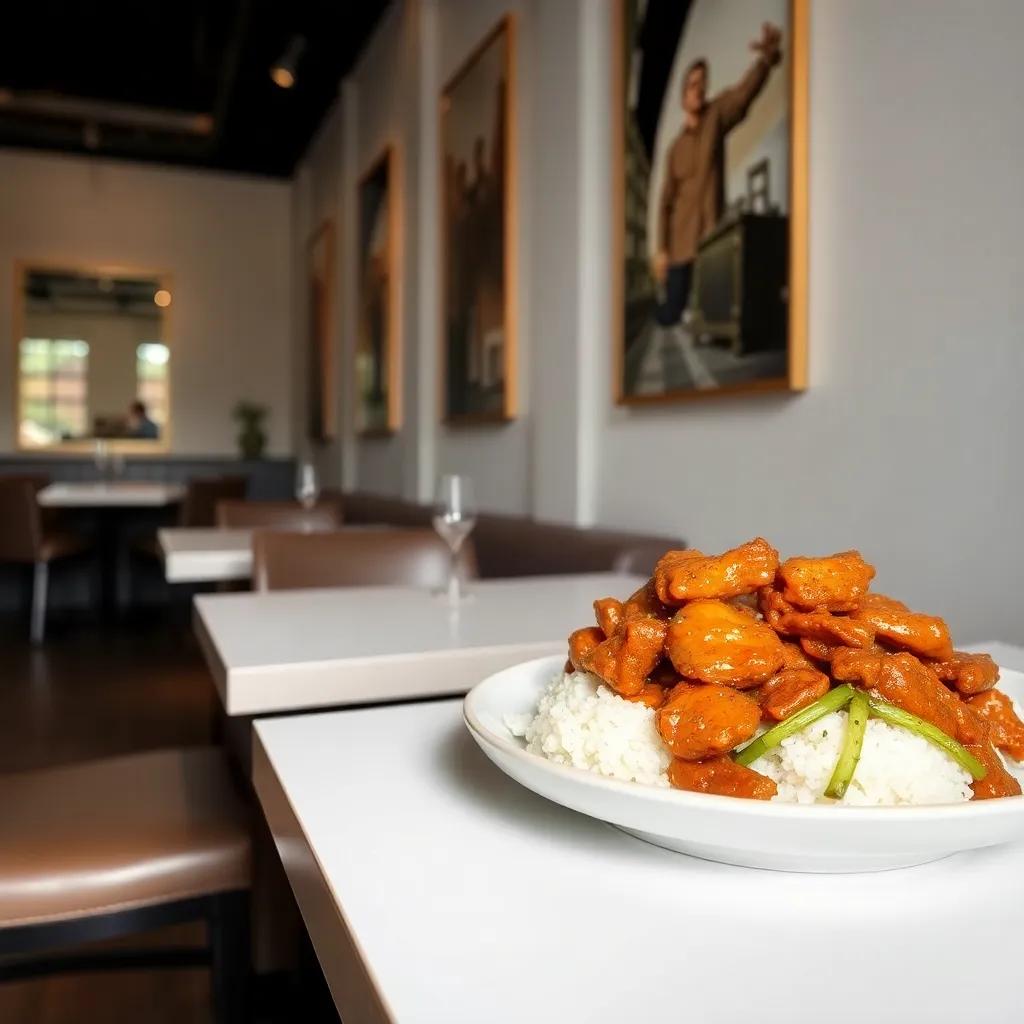
Tips & Variations
Mastering General Tso’s Chicken at home is all about balancing technique with personal flair. Here are some tips and creative variations to help you customize this classic favorite to suit your taste and dietary needs:
Pro Tips for Perfect Texture and Flavor
- Double coat your chicken: For extra crispiness, toss the chicken pieces in cornstarch, then dip briefly in a beaten egg, and coat again with cornstarch before frying. This double-layer creates a crunch that holds up beautifully under the glossy sauce.
- Maintain hot oil temperature: Avoid overcrowding the pan when frying; too many pieces cool the oil and lead to soggy chicken. Fry in small batches to ensure a golden, crispy finish every time.
- Build flavor layers: Don’t rush the aromatics—gently cook garlic and ginger until fragrant but not browned. This subtle softening intensifies their flavor and prevents bitterness.
- Adjust your sauce thickness: If the glaze is too thin, let it simmer a little longer after adding the slurry. For a thicker, stickier sauce, increase the cornstarch slurry slightly, but add gradually to avoid clumping.
Flavor Enhancements and Twists
- Heat level: Crushed red pepper flakes add mild, smoky heat, but for a bolder kick try fresh bird’s eye chilies or a dash of chili garlic sauce. Alternatively, halve or omit the spice for mild palates or kids.
- Sweetness swap: If you prefer natural sweeteners, substitute sugar with honey, maple syrup, or coconut sugar. Keep in mind these will subtly alter the flavor and viscosity of the sauce.
- Citrus twist: Brighten the sauce by finishing with a splash of fresh orange juice or zest, echoing the classic Orange Chicken vibe, while keeping that signature General Tso’s depth.
- Herbal freshness: Along with green onions and sesame seeds, a scattering of fresh cilantro or Thai basil adds a vibrant herbal note, balancing the richness.
Customizing for Dietary Preferences
- Gluten-free: Use tamari or a certified gluten-free soy sauce instead of regular soy sauce. Double-check that your hoisin sauce is gluten-free or replace it with a combination of gluten-free soy sauce, a dash of molasses, and garlic powder. Arrowroot powder can replace cornstarch as the thickener and coating.
- Vegan/Plant-based: Swap chicken thighs for firm tofu cubes, pressed dry and coated in cornstarch before frying to replicate that crispy exterior. Alternatively, cauliflower florets offer a hearty vegetable option. Use vegetable broth in place of chicken broth and ensure all sauces are free of fish or oyster ingredients.
- Lower-carb option: Skip the rice or replace it with cauliflower rice or spiralized zucchini. The sauce remains the same, delivering robust flavor without the carbs. Consider air-frying the chicken for a lighter cooking method.
Creative Serving Ideas
- Toss the finished General Tso’s Chicken with roasted cashews or chopped peanuts for added crunch and a nutty flavor dimension.
- For a meal prep twist, keep the chicken and sauce separate from rice or veggies until reheating to maintain crispness and freshness.
- Incorporate sautéed bell peppers, snap peas, or shredded carrots into the skillet after the sauce thickens for added texture and nutrition.
With these tips and variations, you can confidently tailor your General Tso’s Chicken to your liking—whether that means dialing up the spice, making it plant-based, or turning it into a quick weeknight favorite packed with extra veggies. The key is to keep that luscious balance of sweet, savory, tangy, and spicy flavors alive in every bite.
Leftovers & Storage
After savoring your homemade General Tso’s Chicken, you might find yourself wondering how to best preserve those bold, saucy leftovers without losing their signature crispness and vibrant flavor. Proper storage not only keeps your dish fresh but allows you to enjoy this crowd-pleaser again with minimal effort.
To store leftovers, first let the chicken cool to room temperature—this helps avoid condensation, which can make the coating soggy. Transfer the chicken and sauce into an airtight container; glass or BPA-free plastic containers with secure lids work perfectly to maintain freshness and prevent spills. Keeping the sauce and chicken together is fine here, as the flavorful glaze helps maintain moisture, but if you prefer a crisper texture for reheating, consider storing the chicken and sauce separately.
Refrigerated, your General Tso’s Chicken will stay fresh for up to 3 to 4 days. When reheating, the best method is to warm the chicken in a skillet over medium heat. This technique revives the slight crispiness of the fried coating while gently heating the sauce and chicken through. Avoid the microwave if you want to preserve texture—the microwave tends to soften the crust, leaving it limp.
If you anticipate longer storage, General Tso’s Chicken freezes well for up to 2 months. Use freezer-safe containers or heavy-duty resealable bags, squeezing out as much air as possible to prevent freezer burn. When ready to enjoy, thaw overnight in the fridge and reheat in a skillet or oven at 350°F (175°C) until warmed through, ensuring the chicken reheats evenly and the sauce regains its glossy finish.
This dish is excellent for meal prep—just portion it out in individual containers alongside steamed rice and your choice of veggies. For maximum freshness during the week, keep rice and greens separate until serving time, then combine them with warmed General Tso’s Chicken for a quick, satisfying meal that tastes like it was made fresh.
Keep in mind leftover chicken may slightly soften, but those deep, complex flavors in the sauce often intensify after resting, making subsequent meals even more enjoyable. Whether packed for lunch or reheated for a cozy dinner, your saved General Tso’s Chicken will taste just as rewarding as the first bite.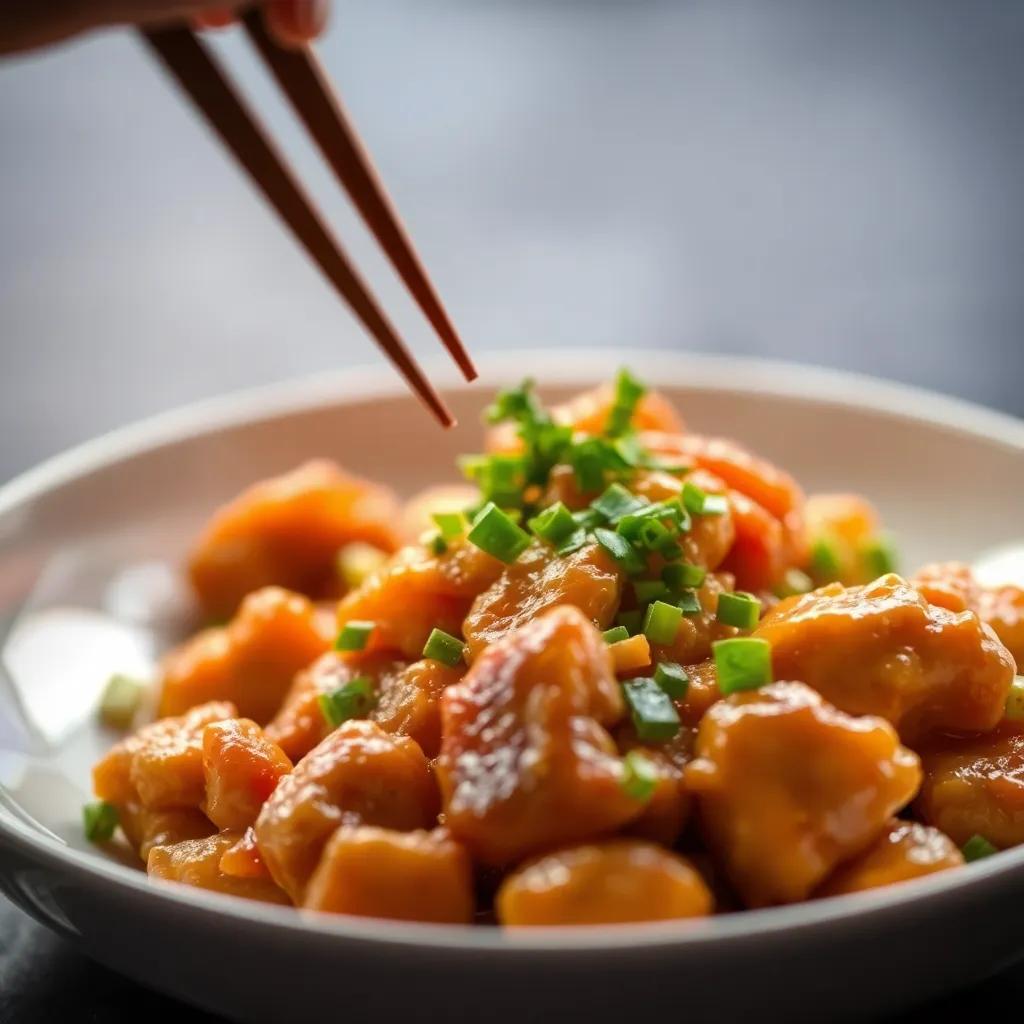
Behind the Recipe
General Tso’s Chicken holds a unique place in the tapestry of Chinese-American cuisine, emerging as a beloved comfort food that marries flavorful boldness with nostalgic familiarity. While the dish is named after Zuo Zongtang (General Tso), a 19th-century Qing dynasty military leader, the recipe beloved worldwide today is actually a product of Chinese immigrant chefs in America adapting traditional flavors for local palates in the mid-20th century. This fusion born out of cultural exchange has made General Tso’s a symbol of culinary creativity and adaptation.
Behind this recipe lies a story of reinvention—how classic Chinese ingredients like soy sauce and ginger transformed when married with American preferences for sweet-and-sour profiles and crispy textures. It exemplifies how immigrant cooks crafted dishes that felt both exotic and approachable, a gateway for many Americans to explore Asian flavors. The interplay of crunchy fried chicken coated in a sticky, slightly spicy sauce is a carefully perfected balance reflecting that delicate negotiation between tradition and innovation.
On a personal note, this recipe represents more than just a meal—it’s a reminder of countless shared dinners that bring people together around the table. Whether it’s a casual weeknight feast or a festive gathering with friends, General Tso’s Chicken often kindles a warm, communal spirit. The process of preparing it—coating the chicken, stirring the fragrant sauce, hearing the sizzle as it hits the hot oil—offers a moment to slow down and appreciate the simple joy of cooking with intention.
By making this recipe at home, you’re not only unlocking vibrant, layered flavors but also participating in a culinary story that spans continents and generations. Each bite captures the essence of cultural blending and the timeless quest to create dishes that comfort, satisfy, and bring people together.
FAQ
Can I use tofu instead of chicken for a vegetarian version?
What’s the best way to store leftovers, and how long will they keep?
Can I freeze General Tso’s Chicken, and will it affect the texture?
Are there any easy ingredient swaps for a gluten-free version?
How can I make the sauce less spicy without losing flavor?
What’s the best way to get the chicken extra crispy like in the restaurant?
Try It Yourself
Bringing the bold, tangy flavors of classic General Tso’s Chicken to your dinner table is a delicious way to spice up any evening. This beloved recipe offers a perfect balance of crispy, sweet, and savory notes that are sure to satisfy your cravings and impress your loved ones. Whether you’re a longtime fan or trying it for the first time, it’s a wonderful dish to explore and make your own.
We’d love to hear how your version turns out—did you add a special twist or discover a new favorite way to enjoy it? Feel free to leave a comment, rate the recipe, or share your own flavorful spin below. Happy cooking, and here’s to many bold and tasty dinners ahead!










